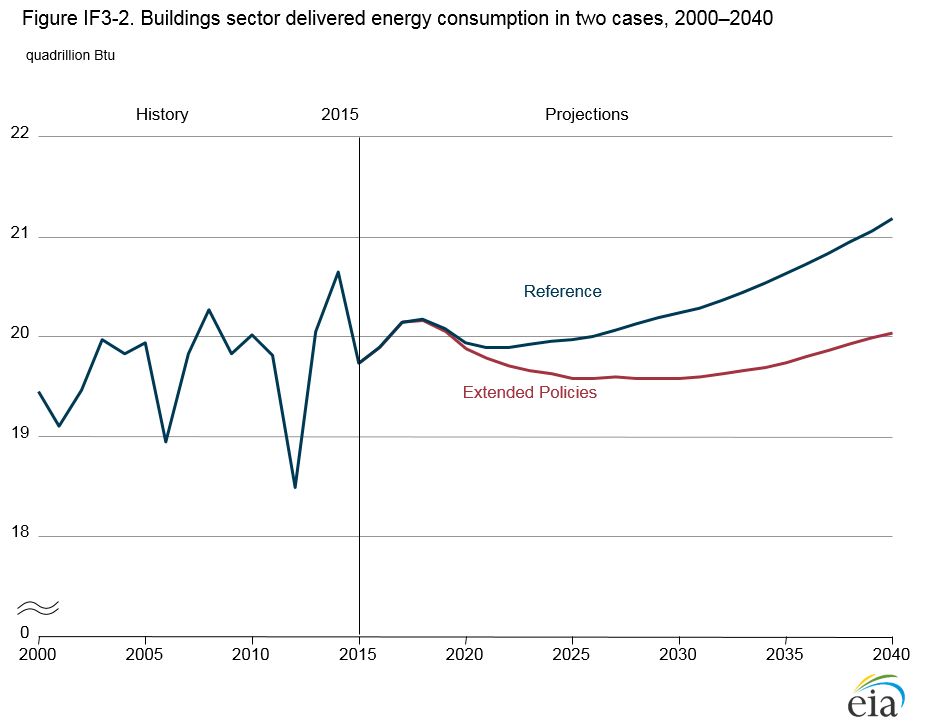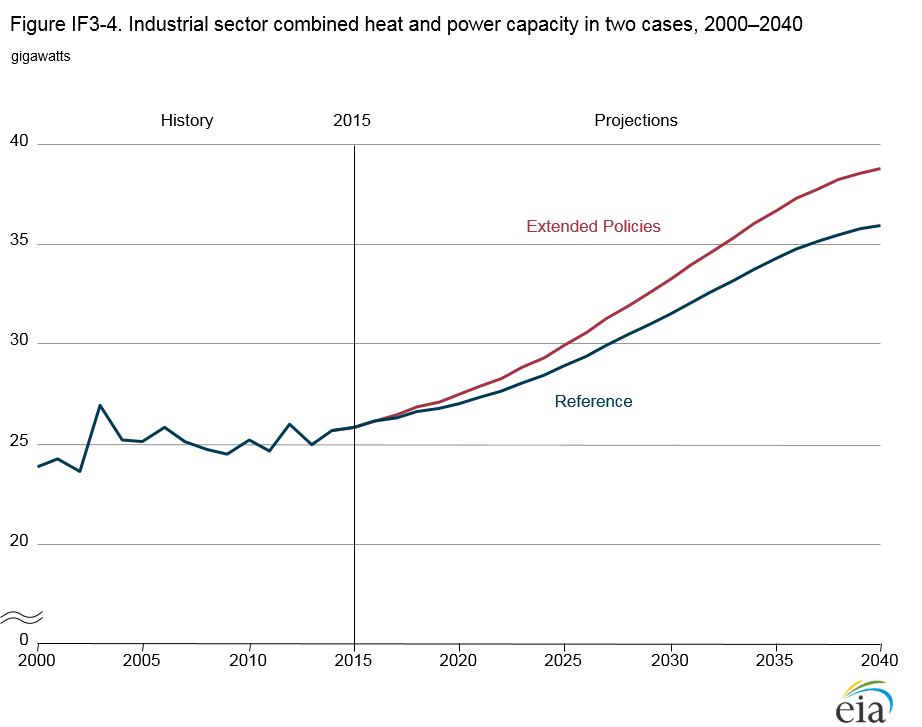
Potential of liquefied natural gas use as a railroad fuel
http://www.eia.gov/forecasts/aeo/section_issues.cfm#liq_nat_gas


Posted on 04/14/2014 5:40:43 AM PDT by thackney
EIA projects that liquefied natural gas (LNG) will play an increasing role in powering freight locomotives in coming years. Continued growth in domestic natural gas production and substantially lower natural gas prices compared to crude oil prices could result in significant cost savings for locomotives that use LNG as a fuel source, according to EIA's Annual Energy Outlook 2014 (AEO2014).
Taken together, the 7 major U.S. freight railroads consumed more than 3.6 billion gallons of diesel fuel in 2012, or 7% of all diesel fuel consumed in the United States. The fuel cost more than $11 billion in 2012 and accounted for 23% of total operating expenses.
These railroads are considering the use of LNG in locomotives because of the potential for significant fuel cost savings and the resulting reductions in fuel operating costs. Given the expected price difference between LNG and diesel fuel, future fuel savings are expected to more than offset the approximately $1 million incremental cost associated with an LNG locomotive and its tender. However, in addition to the risk surrounding future fuel prices, other factors including operational, financial, regulatory, and mechanical challenges also affect fuel choices by railroads.
Some major railroad operators view the potential of LNG-fueled trains as similar to the switch from steam propulsion to diesel in the 1940s and 1950s, a revolution in freight rail known as dieselization. Others have responded with more caution, likening the potential switch to the more evolutionary advance from using direct current (DC) motors to alternating current (AC) motors, which allows fewer locomotives to pull the same load. The change towards AC motors has been ongoing since the early 1990s.
EIA's AEO2014 includes two alternative cases (the High and Low Rail LNG cases) that examine the potential effect of LNG in freight rail. In the Reference case, LNG fuel use increases from just over 1 trillion Btu in 2017 to 148 trillion Btu in 2040, or 35% of total freight rail energy consumption. In the High Rail LNG case, LNG fuel consumption increases to 392 trillion Btu in 2040, or 95% of freight rail energy consumption. LNG consumption in the Low Rail LNG case increases to just 64 trillion Btu, or 16% of total freight energy consumption. Even under the High Rail LNG case, overall demand for natural gas as a result of a switch to LNG would increase overall demand for natural gas by less than 1%, resulting in a minimal effect on natural gas prices.
Additional analysis can be found in the AEO2014 Issues in Focus discussion of potential for liquefied natural gas use as a railroad fuel.

Potential of liquefied natural gas use as a railroad fuel
http://www.eia.gov/forecasts/aeo/section_issues.cfm#liq_nat_gas


This seems quite expensive and silly when we have the greatest carbon based energy in the world. These engines can be slightly modified to run on crude oil also. crude is cheaper to transport and safer also. Why are they dreaming up such expensive ideas? Who will get all the money behind this?
“Some major railroad operators view the potential of LNG-fueled trains as similar to the switch from steam propulsion to diesel in the 1940s and 1950s, a revolution in freight rail known as dieselization.”
While I’m a plenty big fan of the general uptake of NG and LNG, I just don’t see the feasibility of the “L” part of LNG. To convert NG into a liquified state requires several thousand pounds of pressure and cryogenic processing. It’s absolutely not like propane (like a BBQ) which liquifies at ~~125 psi and “room” temperature.
So to convert a fleet of locos to LNG would require fairly massive facilities sprinkled about the country, and of course, that LNG could be used for a hundred other fuel-consuming things and thus that cost would be shared. Additionally, some amount of the NG has to be allowed to boil off and vent during transport. (Certain to drive the global warming nerds batty) The interim challenges to providing such an infrastrucure are non-trivial. Likewise....providing pipelines all over the place to transport diesel is/was non-trivial. But all these projects have to start here and end there and they are projects typically measured in maybe a decade. That’s if the underlying industry gets serious about it. We’ve been screwing around with several goofball forms of so-called “energy policy” for FIFTY YEARS now.
I keep looking around for more & more info about this, so thanks for the article. Color me skeptical but entirely supportive.
As the article and the further details in the linked report, this is for a cost savings.
These engines can be slightly modified to run on crude oil also.
Which is still more expensive than LNG. Crude oil engines are not an economic choice if more refined fuel is available. I've participated in cost comparisons for oil field applications. For the biggest one, it was cheaper to build our own processing unit to make our own diesel than it was to burn the crude oil.
No pressure added. It "only" requires cooling down to -260°F.
LNG is normally stored at near atmospheric pressure.
It’s absolutely not like propane (like a BBQ) which liquifies at ~~125 psi and “room” temperature.
It also is not like propane in that it is significantly cheaper.
Additionally, some amount of the NG has to be allowed to boil off and vent during transport.
Typically, the boil off is used as fuel. Just like an ocean-traveling LNG tanker.
It is my understanding that crude must be heated to boil out the water and filtered. Some modifications might nave to be made on injectors and injection pumps. This modification seems cheap and small when compared to a high pressure refrigerated system required for natural gas. The diesel part would have to be maintained for ignition of the gas in the engine or a spark system would have to be added to the engine. Then there is a whole new infrastructure to deliver the natural gas also.
The crude oil is typically already through this stage before it is sold as crude oil. On the crude oil production unit's I have been part of, we used electrostatic precipitators downstream of the filter separators.
You need to understand that nearly every crude oil stream is different containing varying amounts of Alkanes, Naphthenes, Aromatics and Asphaltics. There are other impurities like sulfur, heavy metals, etc.
There is a reason oil field equipment almost never runs directly on crude oil. It is why large offshore platforms will have their own topping units to make their own diesel. It is the lowest cost option to operate.
I can’t wait for the first one of those to go up in a town somewhere.
LNG won’t explode or even burn. It has to warmed up to a vapor first, then diluted with air down to a 15% concentration. By the time all that has happened, it is dispersed up into the air since it is much lighter than air.
I’ve been on the periphery of NG for tractor trailer stations. One thing that is a large part of the equation for truckers....and probably would be for locomotives also is maintenance. Just about anything that can go mechanically wrong with the engine can ultimately be traced to dirty oil...dirty as a result of combustion....and cleaner burning NG reduces maintenance costs.
Is the Diesel vs Crude decision also based in part on maintenance costs? I couldn’t imagine using crude as a fuel for anything other than a huge boiler.
BTW, I’ve spent a lot of time doing work at the BNSF shops, where they do engine overhauls, etc. It looks enormously expensive...there are swarms of union workers taking breaks and grilling steaks outside...just a giant sucking sound to watch the operation. I think it would be huge for the RR to burn a cleaner fuel, even if the costs were the same.
alternative fuels bump for later.....
In my {limited} experience, cost always benefited diesel even without considering maintenance.
Keep in mind that crude oil has many components that are separated in the refinery to the highest paying portions. Burning crude oil direct forgoes that ability to maximize usage.
My experience with this was overseas. Here in the US, the sulfur content alone would not allow crude oil to be used as fuel for any permanent installation.
If I remember right distillate is the first cut off of crude at atmospheric pressure. I suppose the field diesel is something like this. A buddy of mine liked well head gas for a racing fuel. There was propane and who knows what all in it. Too bad we can’t have our own wells for our fuel. The government would have to stick their nose into it and ruin it for everyone though.
No. There are several lighter fluids that would come off first. Below is a simplified version:

from naptha to heavy gas oil on the left to the three times mention of gasoline on the right in my feeble mind needs further explanation, or why are there three different mentions of gasoline in the right hand column, how do they differ if they actually do differ. Same for diesel fuel and jet fuel mentioned twice at differing levels of the distillation tower.
Thanks for sharing your knowledge.
Disclaimer: Opinions posted on Free Republic are those of the individual posters and do not necessarily represent the opinion of Free Republic or its management. All materials posted herein are protected by copyright law and the exemption for fair use of copyrighted works.